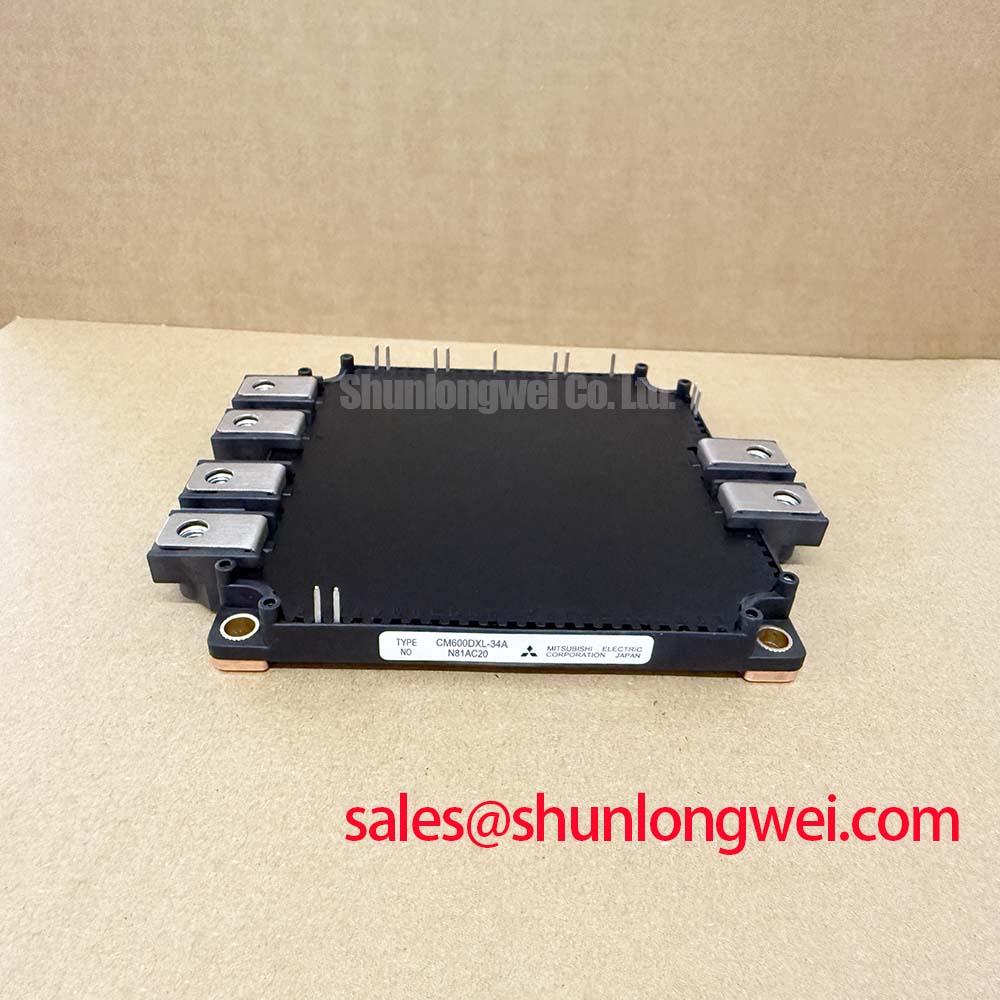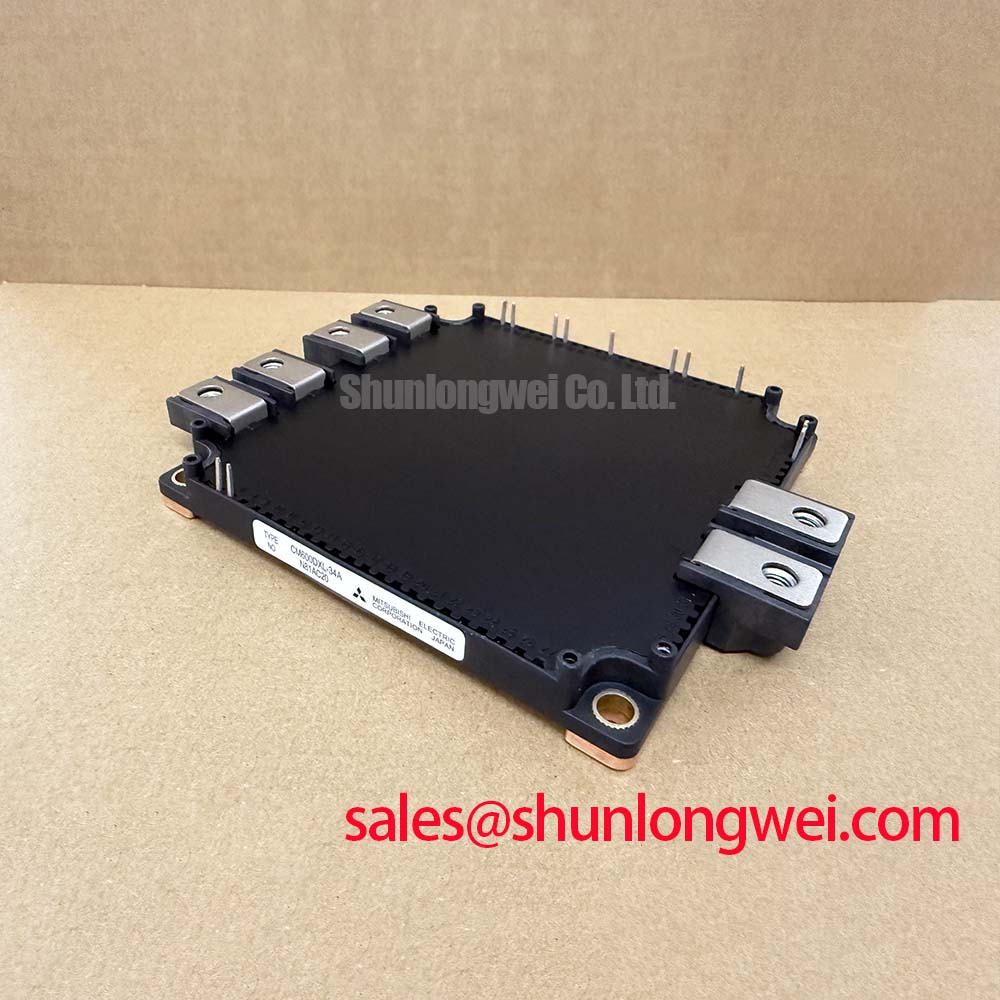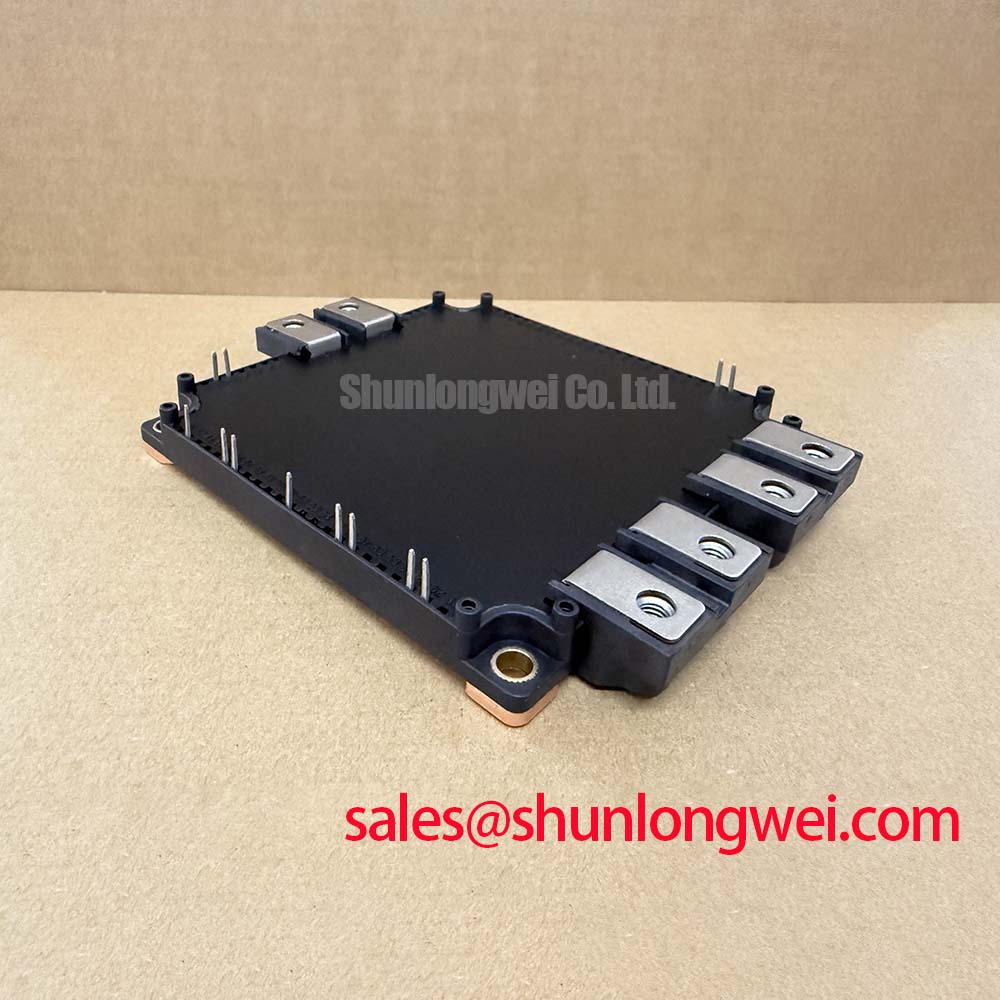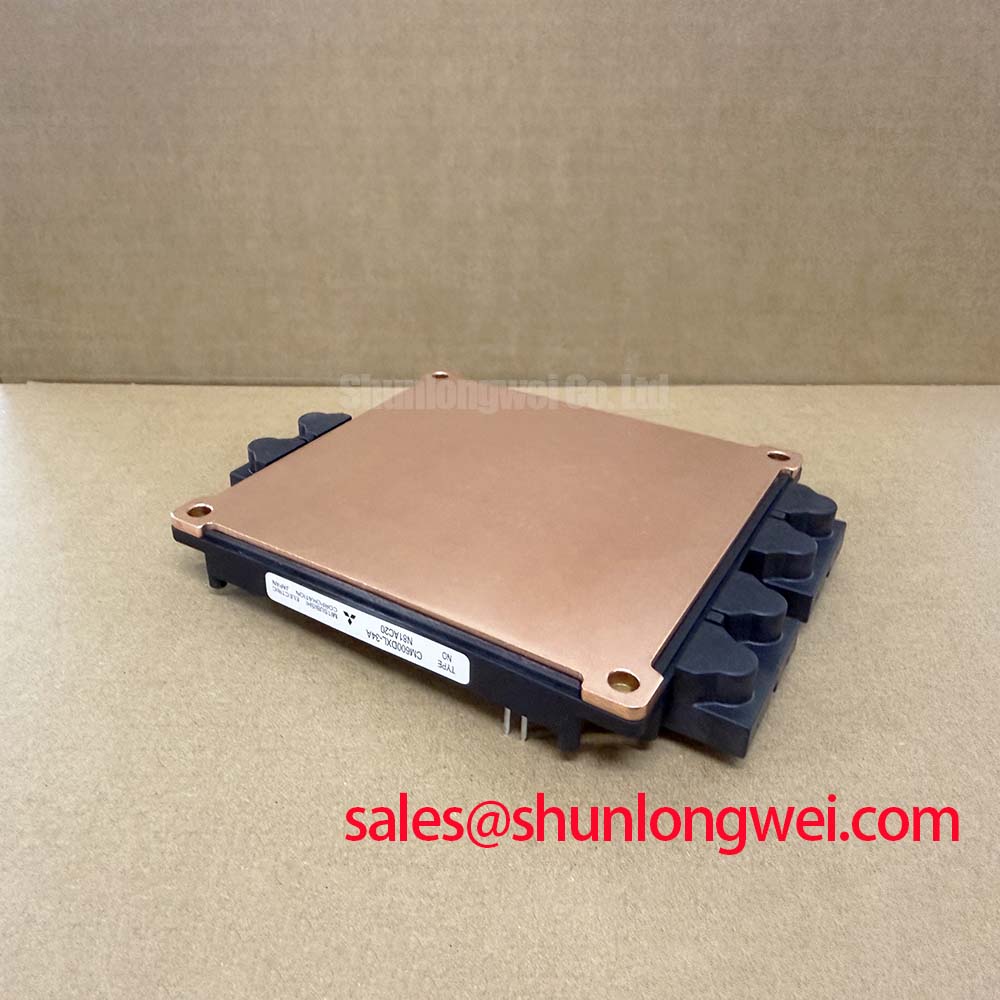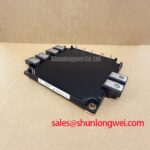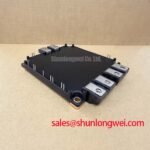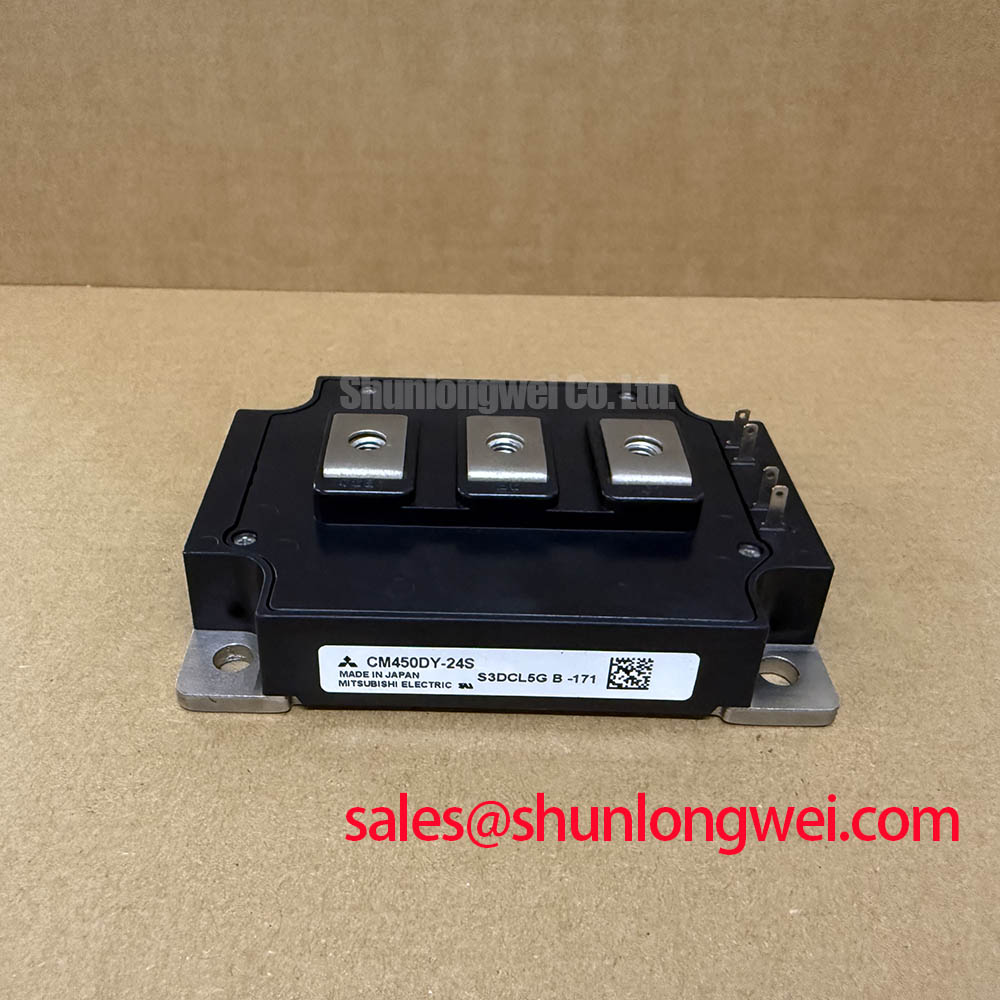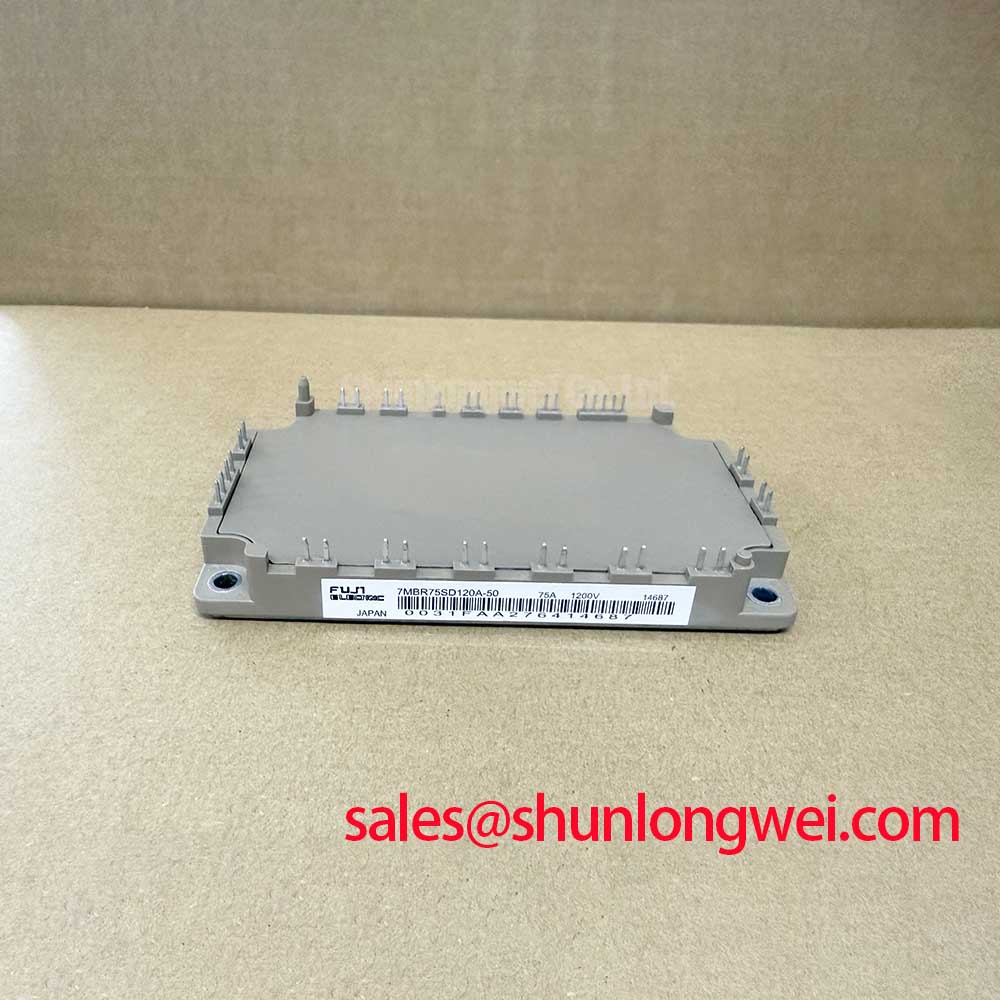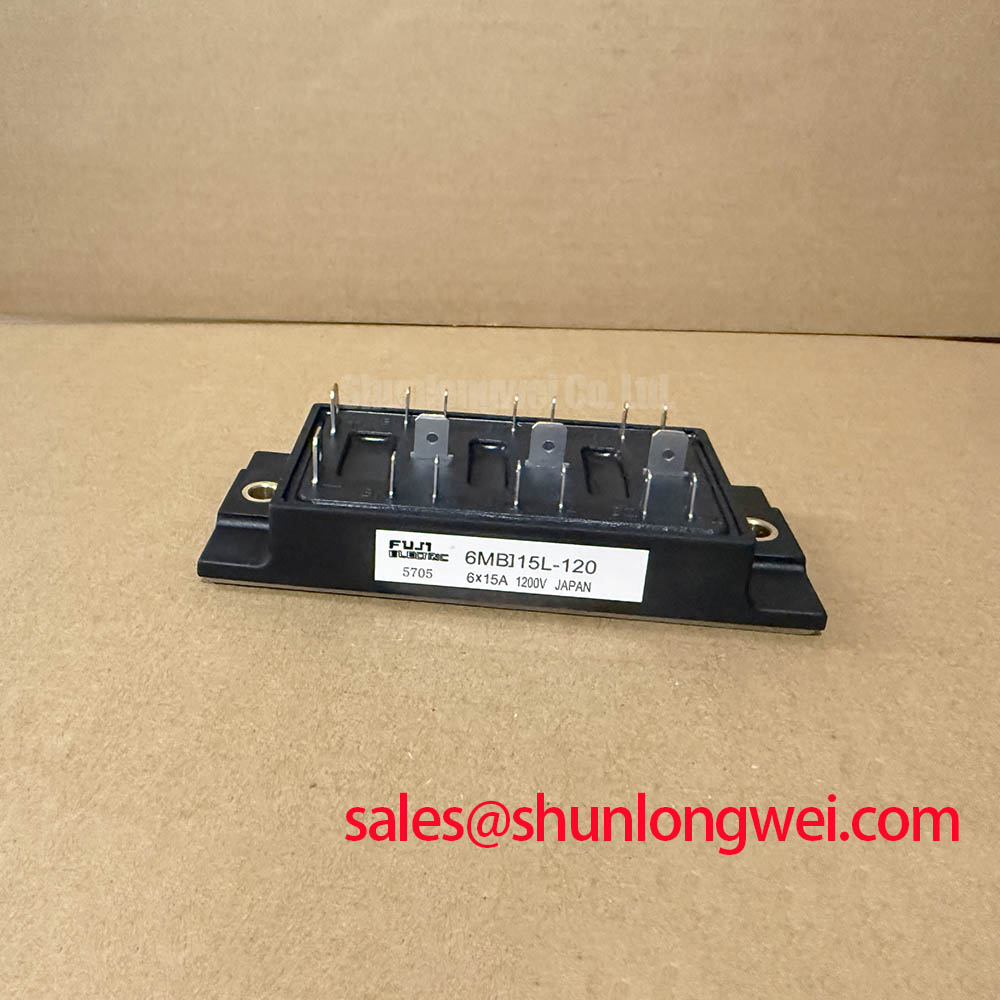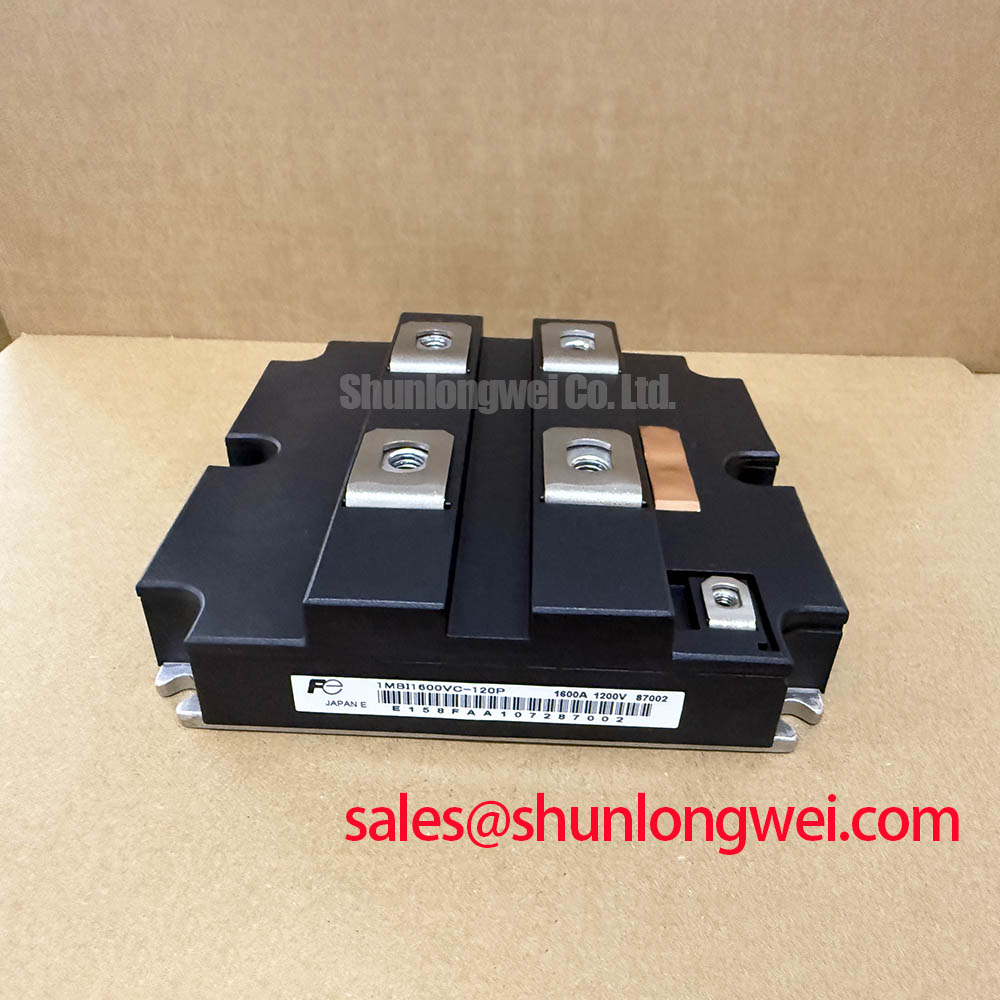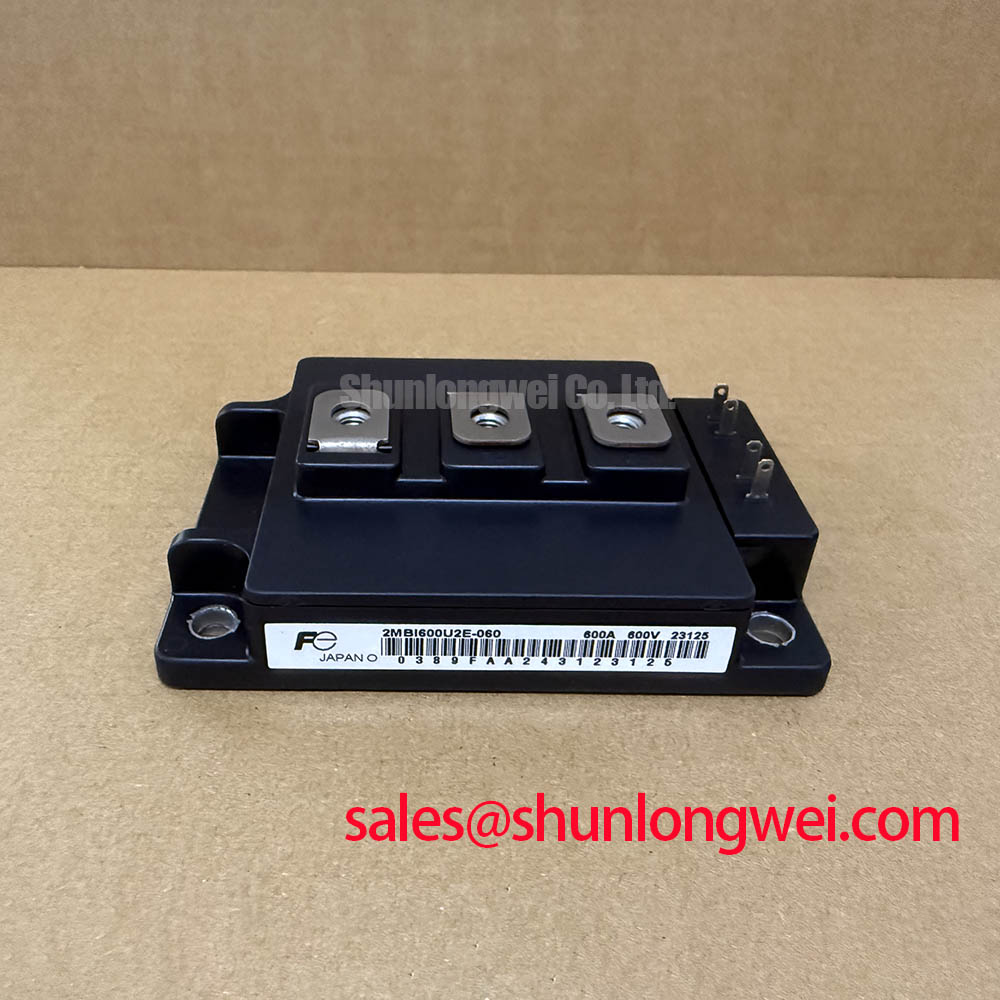CM600DXL-34A IGBT Module: Engineering High-Efficiency Power Conversion
An In-Depth Technical Review for System Designers and Procurement Specialists
Content last revised on October 11, 2025.
Introduction: A New Benchmark for High-Power Efficiency
Delivering Low-Loss Performance for Demanding Power Systems
The Mitsubishi CM600DXL-34A is a high-power dual IGBT module engineered to minimize power loss and maximize reliability in high-voltage industrial applications. This module leverages Mitsubishi's 7th Generation CSTBT™ technology to deliver exceptional performance characteristics: 1700V | 600A | Vce(sat) of 2.15V (typ). Its primary engineering benefits include significantly reduced conduction losses and superior thermal performance. This directly addresses the critical need for higher efficiency in systems like 690V AC industrial motor drives by lowering operational energy costs and simplifying thermal management. Best fit for high-power inverters (>250 kW) on 690V AC lines where minimizing conduction losses is critical for achieving system efficiency targets.
Key Parameter Overview
Decoding the Specs for Enhanced System Efficiency
The electrical and thermal characteristics of the CM600DXL-34A are optimized for high-current, high-voltage switching applications. The following parameters are crucial for design evaluation and performance simulation.
| Parameter | Symbol | Test Condition | Value |
|---|---|---|---|
| Collector-Emitter Voltage | Vces | Vge = 0V | 1700V |
| Gate-Emitter Voltage | Vges | ±20V | |
| Collector Current (DC) | Ic | Tc = 25°C | 600A |
| Collector Current (Pulse) | Icp | Pulse width ≤ 1ms, duty cycle ≤ 50% | 1200A |
| Collector-Emitter Saturation Voltage | Vce(sat) | Ic = 600A, Vge = 15V, Tj = 25°C | 2.15V (typ) / 2.70V (max) |
| Diode Forward Voltage | Vf | Ie = 600A, Vge = 0V, Tj = 25°C | 2.10V (typ) / 2.60V (max) |
| Maximum Junction Temperature | Tjmax | 150°C | |
| Thermal Resistance (Junction to Case, IGBT) | Rth(j-c)Q | 0.048 °C/W (max) |
Download the CM600DXL-34A datasheet for detailed specifications and performance curves.
Application Scenarios & Value
Achieving System-Level Benefits in Industrial and Renewable Energy Converters
The CM600DXL-34A is engineered for power conversion systems where efficiency and reliability are paramount. Its robust 1700V rating provides a substantial safety margin for applications operating on 690V AC industrial lines, a common standard in heavy industry and large-scale manufacturing.
High-Fidelity Engineering Scenario: Large Industrial Motor Drives
In a variable frequency drive (VFD) for a 300kW industrial motor, a key engineering challenge is managing the heat generated by the power electronics. The CM600DXL-34A's low Vce(sat) of 2.15V at 600A directly tackles this issue. A lower saturation voltage acts like a pipe with less resistance to water flow; for the IGBT, it means less voltage is dropped across the device when it's fully on, resulting in lower power dissipation (P = V x I). This reduction in waste heat allows designers to specify smaller, more cost-effective heatsinks, leading to a more compact and lower Total Cost of Ownership (TCO) for the final VFD system. This efficiency is critical for meeting stringent energy standards like IEC 61800-9-2.
Additional key applications include:
- Utility-scale Solar Inverters
- Wind Turbine Converters
- High-Power Uninterruptible Power Supplies (UPS)
- Large-Scale Power Supplies
For systems with similar voltage requirements but lower power needs, the related CM300DY-34A offers a 300A current rating within the same technology family.
Frequently Asked Questions (FAQ)
Engineering-Focused Inquiries for the CM600DXL-34A
How does the 1700V Vces rating of the CM600DXL-34A provide a reliability advantage in 690V AC line applications?
A 690V AC line can produce DC bus voltages approaching 1000V. The 1700V Vces provides a significant safety margin to withstand voltage overshoots caused by stray inductance during high-current switching events. This robust voltage headroom is essential for preventing avalanche breakdown and ensuring long-term operational reliability in electrically noisy industrial environments.
What is the primary benefit of the low Vce(sat) value in this module?
The key benefit is reduced conduction loss. Lower Vce(sat) directly translates to less power dissipated as heat during the on-state, which increases the overall energy efficiency of the inverter and reduces the burden on the cooling system.
What does the "dual" configuration refer to in the CM600DXL-34A?
The dual, or 2-in-1, configuration means the module contains two IGBTs connected in a half-bridge topology. This is the fundamental building block for a standard three-phase inverter, requiring three such modules to construct a complete B6 bridge.
How does the Rth(j-c) of 0.048 °C/W impact thermal design?
This low thermal resistance value signifies a highly efficient heat path from the semiconductor junction to the module's baseplate. A lower Rth(j-c) is like a wider pipe for heat, allowing it to be extracted more effectively. This enables designers to maintain lower junction temperatures for a given power loss, which directly enhances the module's Power Cycling Capability and overall system longevity.
Is this module suitable for high-frequency switching applications?
The CM600DXL-34A is part of the Mitsubishi A-Series, which is optimized for a balance between low saturation voltage and switching speed. While it performs exceptionally at typical motor drive frequencies (a few kHz), for applications requiring significantly higher frequencies (>15-20 kHz), it is crucial to analyze the switching loss characteristics (Eon, Eoff) from the datasheet to ensure thermal limits are not exceeded.
A Strategic Viewpoint on Power System Design
Leveraging Advanced IGBTs for Future-Ready Systems
Integrating a module like the CM600DXL-34A is a strategic decision that extends beyond immediate performance gains. By designing with components that offer superior efficiency, engineers build systems that are not only compliant with current energy regulations but are also better positioned for future standards. The reduced thermal footprint and higher power density enabled by this technology contribute to more compact, reliable, and cost-effective power converters, providing a competitive advantage in the industrial automation and renewable energy markets.

